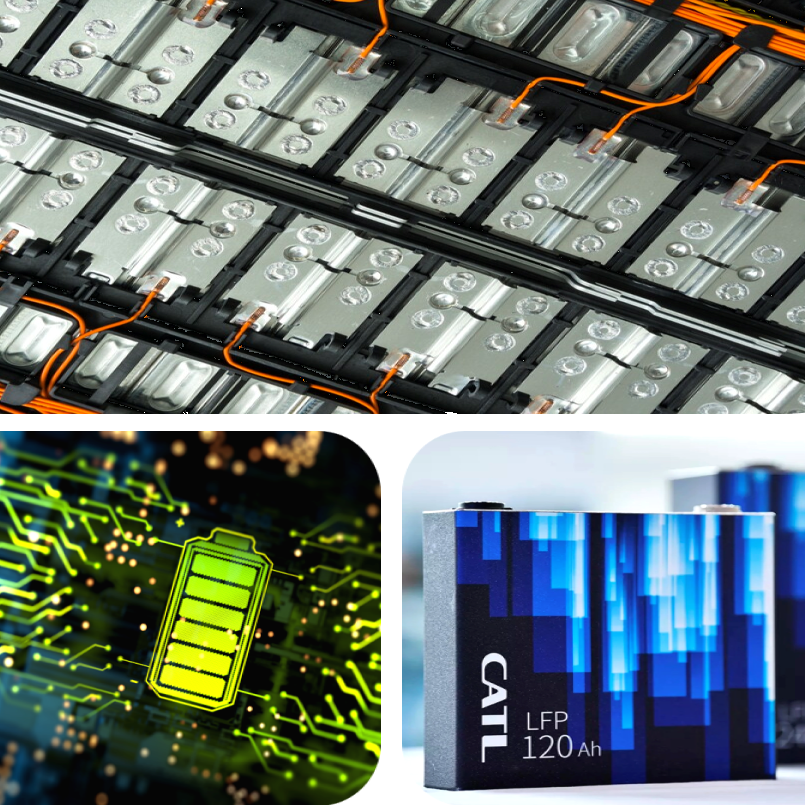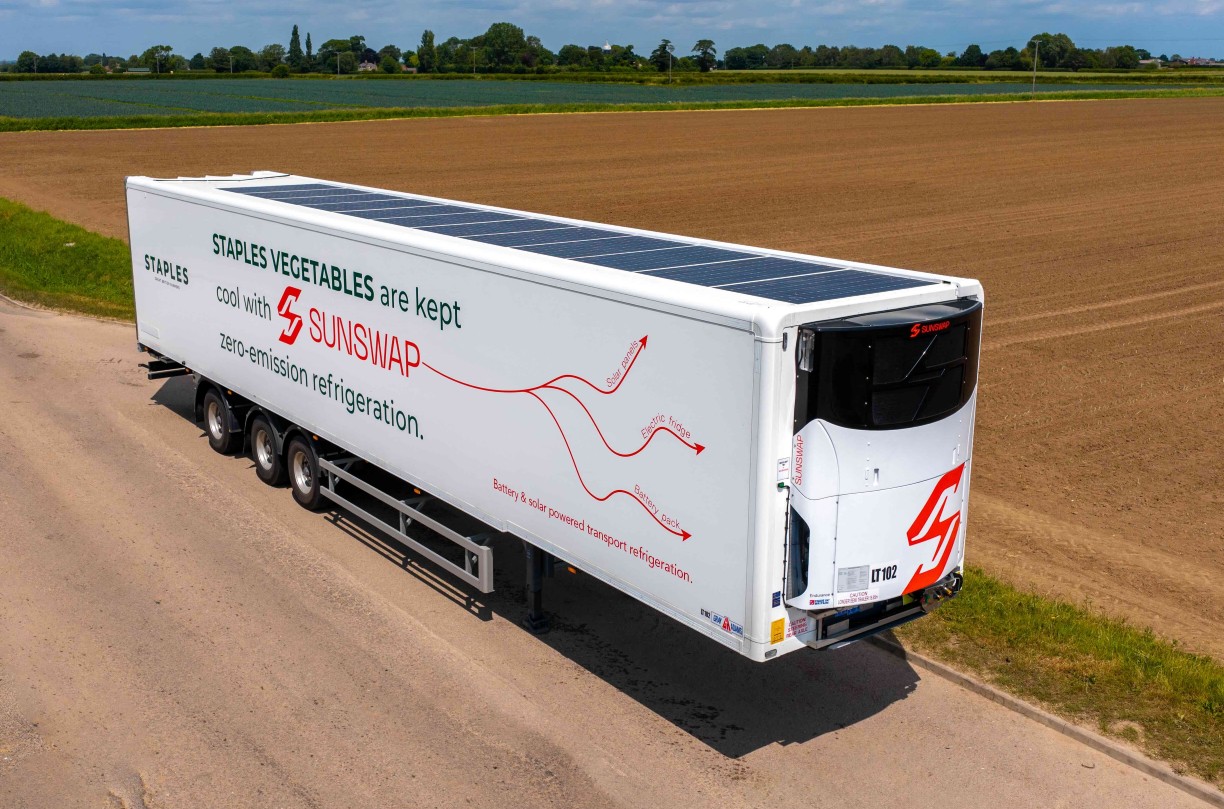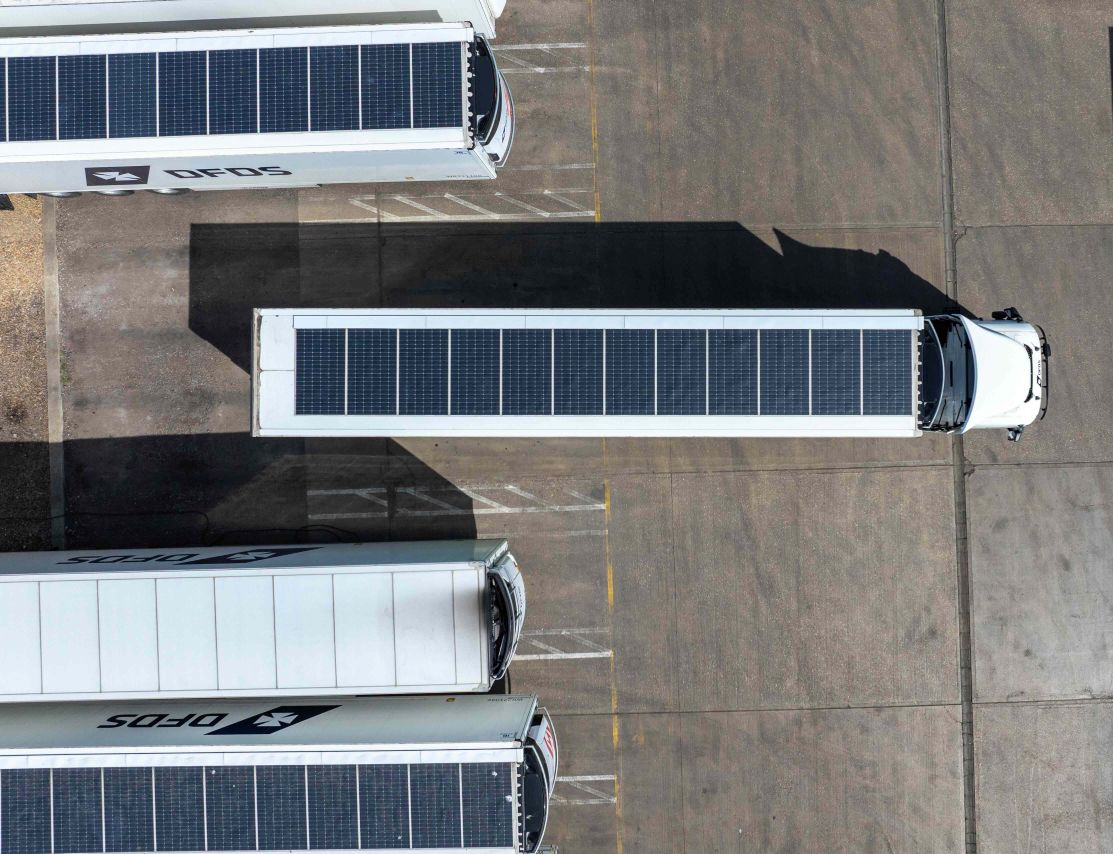The tech behind Sunswap's battery longevity (and why not to expect the problems associated with electric cars)

Electric Vehicles (EVs) are understandably the most immediate reference point when considering a transition from combustion engines to fully-electric systems. Unfortunately, this association can distract from the durability and longevity of our Transport Refrigeration Unit's batteries. With that in mind, we've outlined 3 key reasons why the battery pack in Endurance is different, and why it will last for over 10 years:
🔋⚗️ Cell chemistry ⚗️🔋
Nickel-manganese-cobalt (NMC) and nickel-cobalt-alumina (NCA) cells are the cells common to EVs, which degrade quickly when charged to 100% – this is why most EVs are best only charged to 80%. In contrast, the Lithium Iron Phosphate Cells (LFPs) in Sunswap’s Endurance are ideal for the demands of transport refrigeration, because being charged to 100% is good for the health of the cell. This means you don't have to choose between range and battery health.
🥶🌡️ Thermal management 🌡️🥵
Endurance’s Battery Management System (BMS) keeps a homogenous temperature throughout the battery pack, by heating or cooling whichever part of the battery pack drifts outside the healthy range of 15-45C. The BMS also includes innovative features like finned extrusions that optimise heat transfer to and from the battery. Maintaining a healthy temperature minimises battery degradation.
⚡🔌 Charge/discharge rate 🔌⚡
A typical electric car has a peak power of over 200kW with a battery capacity of 60kWh. Meanwhile, Endurance's peak power usage is just 20kW, drawn from a 70kWh capacity. Put simply, running our fridge demands much less power than driving a car, so when using a similar battery size or bigger, our battery’s discharge rate is much lower – just 8% of an electric car battery's rate! This low “D-rate” means the battery is used less aggressively, and subsequently degrades much more slowly.
For more information on Sunswap's technology, visit the Endurance page and our LinkedIn feed, or contact commercial@sunswap.co.uk

News and Updates
Stay up to date with the latest developments from Sunswap.


.webp)




